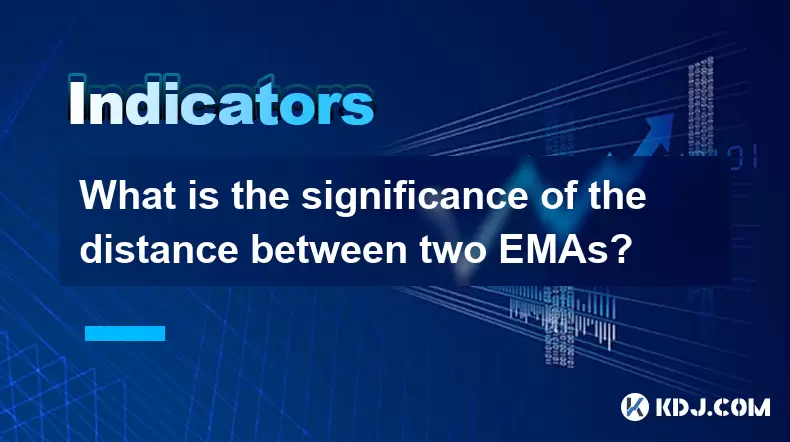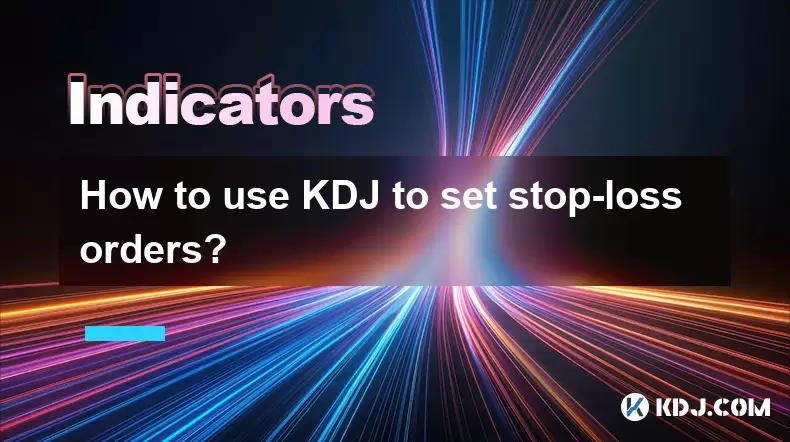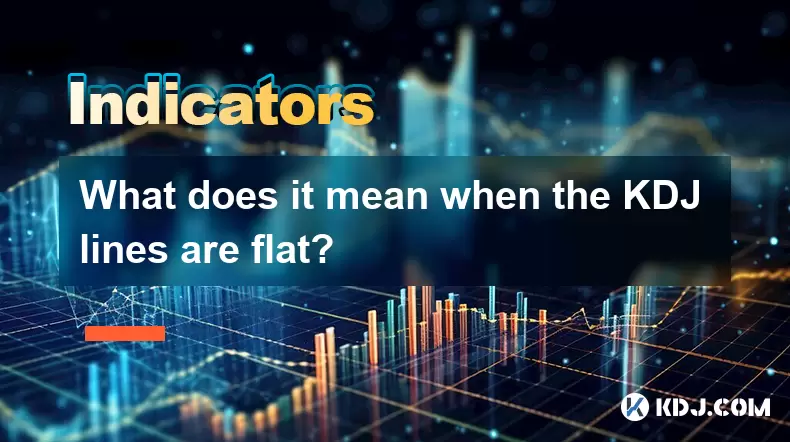-
 Bitcoin
Bitcoin $114700
-3.36% -
 Ethereum
Ethereum $3619
-6.51% -
 XRP
XRP $2.926
-7.66% -
 Tether USDt
Tether USDt $0.9998
-0.02% -
 BNB
BNB $768.6
-4.90% -
 Solana
Solana $168.2
-7.52% -
 USDC
USDC $0.9999
0.00% -
 Dogecoin
Dogecoin $0.2045
-9.02% -
 TRON
TRON $0.3243
-0.27% -
 Cardano
Cardano $0.7208
-8.45% -
 Hyperliquid
Hyperliquid $39.74
-9.17% -
 Stellar
Stellar $0.3882
-8.79% -
 Sui
Sui $3.481
-11.93% -
 Chainlink
Chainlink $16.52
-9.04% -
 Bitcoin Cash
Bitcoin Cash $556.7
-4.79% -
 Hedera
Hedera $0.2444
-11.40% -
 Avalanche
Avalanche $21.96
-8.51% -
 Ethena USDe
Ethena USDe $1.001
-0.02% -
 UNUS SED LEO
UNUS SED LEO $8.950
0.15% -
 Toncoin
Toncoin $3.425
-2.33% -
 Litecoin
Litecoin $104.4
-5.94% -
 Shiba Inu
Shiba Inu $0.00001212
-7.49% -
 Polkadot
Polkadot $3.630
-6.98% -
 Uniswap
Uniswap $9.165
-10.12% -
 Monero
Monero $306.8
-3.10% -
 Dai
Dai $0.9999
-0.01% -
 Bitget Token
Bitget Token $4.360
-3.43% -
 Pepe
Pepe $0.00001049
-9.59% -
 Cronos
Cronos $0.1352
-8.67% -
 Aave
Aave $256.5
-8.03%
What is the significance of the distance between two EMAs?
The EMA distance helps traders gauge momentum—widening gaps signal strong trends, while narrowing gaps may warn of reversals, especially when combined with volume and RSI.
Jul 31, 2025 at 07:08 pm

Understanding the Role of EMAs in Cryptocurrency Trading
Exponential Moving Averages (EMAs) are widely used tools in technical analysis, particularly within the cryptocurrency trading community. Unlike Simple Moving Averages (SMAs), EMAs assign greater weight to recent price data, making them more responsive to new information. Traders rely on EMAs to identify trends, spot potential reversals, and determine entry and exit points. The two most commonly used EMAs are the short-term EMA (such as the 9-day or 12-day) and the long-term EMA (such as the 26-day or 50-day). The distance between these two EMAs—often referred to as the EMA spread—can provide critical insight into market momentum and trend strength.
How the EMA Distance Reflects Market Momentum
The distance between two EMAs is a visual and quantitative measure of how rapidly price is changing. When the short-term EMA is significantly above the long-term EMA, it indicates strong upward momentum. Conversely, when the short-term EMA falls well below the long-term EMA, it signals bearish pressure. This gap is not just a visual cue; it can be measured numerically by subtracting the value of the long-term EMA from the short-term EMA. A widening gap suggests that the current trend is gaining strength, while a narrowing gap may indicate weakening momentum or an impending reversal.
For example, in a Bitcoin uptrend, if the 12-day EMA rises from $30,000 to $35,000 while the 26-day EMA moves from $29,000 to $32,000, the distance between them increases from $1,000 to $3,000. This expanding gap reinforces the bullish sentiment. Traders monitor this divergence closely, as sustained expansion often precedes continued price movement in the same direction.
Using EMA Crossovers and Spacing for Trade Signals
One of the most popular strategies involving EMAs is the EMA crossover, where the short-term EMA crosses above or below the long-term EMA. However, the significance of the distance between the EMAs adds a layer of context to these signals. A crossover that occurs after a wide separation may be less reliable than one that occurs during a period of convergence, as wide gaps can precede pullbacks or consolidation.
To apply this in practice:
- Monitor the current values of both EMAs on your charting platform (e.g., TradingView, Binance, or MetaTrader).
- Calculate the difference: subtract the long-term EMA value from the short-term EMA value.
- Observe whether the gap is increasing, decreasing, or stabilizing.
- Combine this with volume analysis to confirm whether momentum is supported by trading activity.
A narrowing gap after a prolonged trend can act as an early warning sign. For instance, if Ethereum has been in a strong uptrend but the 9-day and 21-day EMAs begin to converge, it may suggest that buying pressure is fading, even if the price hasn’t yet reversed.
Customizing EMA Periods for Different Cryptocurrency Volatility
Cryptocurrencies vary significantly in volatility. Bitcoin tends to be less volatile than altcoins like Solana or Dogecoin. As such, the choice of EMA periods should reflect the asset’s behavior. For high-volatility assets, shorter EMAs (e.g., 5-day and 10-day) may be more effective, while for more stable assets like Bitcoin, longer periods (e.g., 20-day and 50-day) might provide clearer signals.
To customize EMA settings:
- Open your trading platform and navigate to the chart of the cryptocurrency you’re analyzing.
- Click on the “Indicators” or “Studies” menu.
- Search for “Exponential Moving Average” and add it twice.
- Configure the first EMA with a short period (e.g., 9).
- Configure the second EMA with a longer period (e.g., 21).
- Enable the “Show Value” option to display real-time EMA readings.
- Use the platform’s measurement tool or manually calculate the difference between the two EMA lines.
This customization allows traders to fine-tune their analysis based on the specific price dynamics of each cryptocurrency, enhancing the relevance of the EMA distance interpretation.
Interpreting EMA Distance in Conjunction with Other Indicators
While the EMA distance is informative, it becomes more powerful when combined with other technical tools. The Relative Strength Index (RSI) can confirm whether a widening EMA gap coincides with overbought or oversold conditions. Similarly, the MACD (Moving Average Convergence Divergence) is built on EMA differences and provides a histogram that visualizes the acceleration of momentum.
To integrate EMA distance with RSI:
- Add both the dual EMAs and the RSI indicator to your chart.
- When the EMA gap widens during an uptrend, check if the RSI is above 70.
- If so, the market may be overextended, suggesting caution despite strong momentum.
- Conversely, a narrowing EMA gap with RSI below 30 may indicate a potential reversal in a downtrend.
Volume-weighted moving averages can also be layered to assess whether the EMA separation is supported by strong trading volume. A wide EMA gap on low volume may be less trustworthy than one on high volume.
Practical Example: Analyzing Binance Coin with EMA Distance
Consider Binance Coin (BNB) trading at $300. The 10-day EMA is at $290, and the 30-day EMA is at $275. The distance between them is $15. Over the next week, BNB rises to $320. The 10-day EMA moves to $305, and the 30-day EMA reaches $285. The new distance is $20—a clear expansion.
This increasing gap suggests strong bullish momentum. A trader might interpret this as confirmation to hold or add to a long position. If, in the following days, BNB stalls at $320 and the 10-day EMA begins to flatten while the 30-day continues to rise, the gap may shrink to $10. This contraction could prompt a reassessment of the trend’s sustainability.
FAQs
What does a shrinking EMA distance indicate in a downtrend?
A shrinking distance between the short-term and long-term EMAs during a downtrend suggests that selling pressure is weakening. The short-term EMA is no longer falling as rapidly relative to the long-term EMA, which may signal a potential pause or reversal in the downward movement.
Can the EMA distance be negative, and what does that mean?
Yes, the EMA distance can be negative when the short-term EMA is below the long-term EMA. This typically occurs during bearish trends and reflects sustained downward price action. The more negative the value, the stronger the bearish momentum.
How often should I recalculate the EMA distance for day trading?
For day trading, recalculating the EMA distance every 5 to 15 minutes is advisable, depending on your chart interval. Using real-time charting platforms ensures the values update automatically, allowing you to monitor changes as they happen.
Is the EMA distance useful for range-bound cryptocurrencies?
In range-bound markets, the EMA distance tends to remain narrow and fluctuate without sustained expansion. While it may not signal strong trends, a sudden widening can indicate a breakout, making it a useful early warning tool even in sideways conditions.
Disclaimer:info@kdj.com
The information provided is not trading advice. kdj.com does not assume any responsibility for any investments made based on the information provided in this article. Cryptocurrencies are highly volatile and it is highly recommended that you invest with caution after thorough research!
If you believe that the content used on this website infringes your copyright, please contact us immediately (info@kdj.com) and we will delete it promptly.
- Australia vs Lions: Unleashing Betting Offers and Free Bets for the Thrilling Finale
- 2025-08-01 16:30:11
- Bitcoin, Satoshi, and the Echoes of Ancient Wisdom in DeFi
- 2025-08-01 16:50:12
- ONDO Tokens: Could They Mint the Next Crypto Millionaires?
- 2025-08-01 16:30:11
- Satoshi, Meme Coins, and Substance: A New Era?
- 2025-08-01 16:50:12
- Decoding the Roar: Australia, the Lions, and the Betting Odds
- 2025-08-01 16:55:48
- Bitcoin Price Plummets Amid Trump Tariffs: A Market Sell-Off Deep Dive
- 2025-08-01 16:55:48
Related knowledge

How do I secure my private key?
Aug 01,2025 at 05:14pm
Understanding the Importance of Private Key SecurityYour private key is the most critical component of your cryptocurrency ownership. It is a cryptogr...

How does the KDJ indicator apply to decentralized finance (DeFi) tokens?
Aug 01,2025 at 04:43pm
Understanding the KDJ Indicator in Technical AnalysisThe KDJ indicator is a momentum oscillator derived from the Stochastic Oscillator, widely used in...

What is the difference in KDJ signal interpretation between a trending and a ranging market?
Aug 01,2025 at 03:56pm
Understanding the KDJ Indicator in Cryptocurrency TradingThe KDJ indicator is a momentum oscillator widely used in cryptocurrency trading to identify ...

Does the KDJ indicator work well for low-liquidity crypto assets?
Aug 01,2025 at 02:01pm
Understanding the KDJ Indicator in Cryptocurrency TradingThe KDJ indicator is a momentum oscillator derived from the Stochastic Oscillator, widely use...

How to use KDJ to set stop-loss orders?
Aug 01,2025 at 04:28pm
Understanding the KDJ Indicator in Cryptocurrency TradingThe KDJ indicator is a momentum oscillator widely used in technical analysis within the crypt...

What does it mean when the KDJ lines are flat?
Aug 01,2025 at 03:22pm
Understanding the KDJ Indicator in Cryptocurrency TradingThe KDJ indicator is a momentum oscillator widely used in cryptocurrency technical analysis t...

How do I secure my private key?
Aug 01,2025 at 05:14pm
Understanding the Importance of Private Key SecurityYour private key is the most critical component of your cryptocurrency ownership. It is a cryptogr...

How does the KDJ indicator apply to decentralized finance (DeFi) tokens?
Aug 01,2025 at 04:43pm
Understanding the KDJ Indicator in Technical AnalysisThe KDJ indicator is a momentum oscillator derived from the Stochastic Oscillator, widely used in...

What is the difference in KDJ signal interpretation between a trending and a ranging market?
Aug 01,2025 at 03:56pm
Understanding the KDJ Indicator in Cryptocurrency TradingThe KDJ indicator is a momentum oscillator widely used in cryptocurrency trading to identify ...

Does the KDJ indicator work well for low-liquidity crypto assets?
Aug 01,2025 at 02:01pm
Understanding the KDJ Indicator in Cryptocurrency TradingThe KDJ indicator is a momentum oscillator derived from the Stochastic Oscillator, widely use...

How to use KDJ to set stop-loss orders?
Aug 01,2025 at 04:28pm
Understanding the KDJ Indicator in Cryptocurrency TradingThe KDJ indicator is a momentum oscillator widely used in technical analysis within the crypt...

What does it mean when the KDJ lines are flat?
Aug 01,2025 at 03:22pm
Understanding the KDJ Indicator in Cryptocurrency TradingThe KDJ indicator is a momentum oscillator widely used in cryptocurrency technical analysis t...
See all articles

























































































